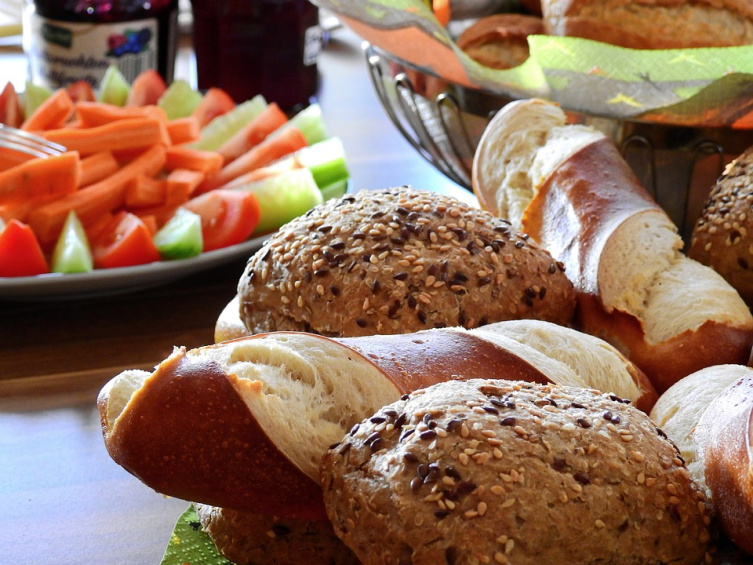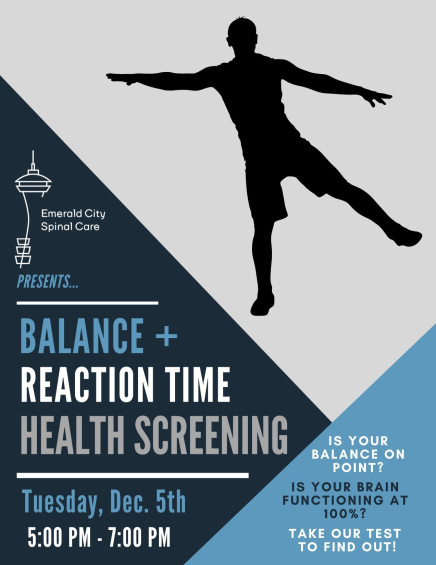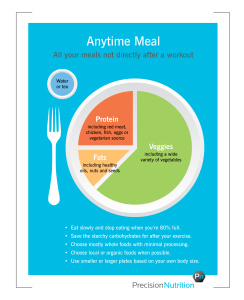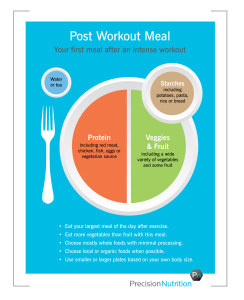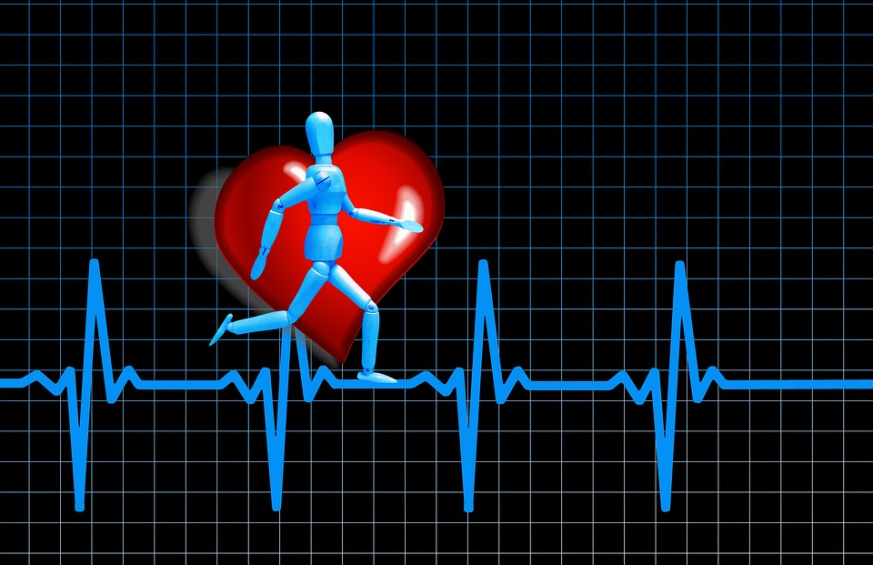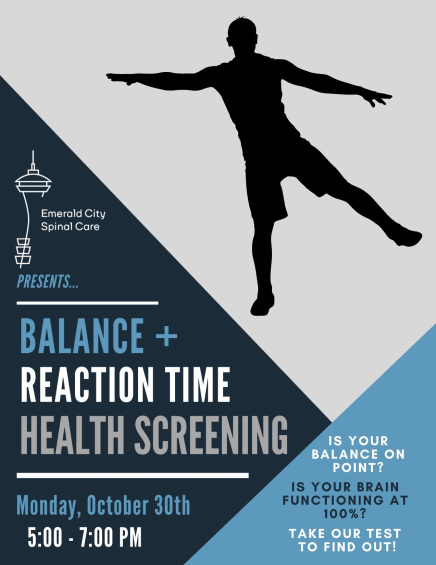If every aspect of health and fitness is a tool ot be used then it’s just a matter of which tools are most important and cover the most bases to establish what you put priority on when starting out. Implementing and practicing baby steps are the best way to go, and the steps that cover the most ground should always be the first taken.
The body is not a mysterious black box, that is, there is a rhyme and reason for how it works, and saving certain medical conditions we can predict how it will react to certain conditions and stimuli. For understanding our metabolism that means understanding what we put into it and the role each of the three macronutrients plays in fueling our body’s.
A Carb’s Role
Carbon (carb) + Water (hydrate) = carbohydrate. As far as exactly “what” a carbohydrate is, that’s it. What it does for you and why it is so important is a bit more complicated.
The importance of carbohydrates cannot be understated. They serve as the main source of energy for muscular exertion and all bodily functions. They are responsible for allowing the digestion and utilization of other foods (fats and proteins), provide the immediate caloric energy for heating the body, and can be broken down into glucose and other free sugars that are essential for fueling the brain, nervous system, muscles, and other body tissues.
Carbohydrates are the main fuel source in the human diet. They are broken down into two groups; simple and complex.
Simple carbohydrates, also called “simple sugars” are found mainly in sweets. This includes fruit juice, syrup, molasses, honey, and processed foods like cookies, cereals, and white bread.
Complex Carbohydrates are found in unprocessed, whole foods. This includes rice, potatoes, corn, and most vegetables.
Neither one is necessarily bad for you, but in general for most people it would make for a happier heart to generally lean towards complex carbs over simple carbs.
Carbohydrates are also necessary for breaking down fat in the liver. While we will talk about the function and importance of fat in a diet in another article, having fat effectively broken down and processed is a must for a healthy nervous system.
Glucose and Glycogen
To understand how to manage carb intake understand why you feel hungry after a bagel or doughnut but not after bowl of oatmeal with the same number of calories needs understanding glucose, glycogen, and the glycemic index.
Glucose is what carbohydrates are broken down into so that they can be used. While carbs are responsible for muscular exertion, bodily functions, digestions, etc, it is only once broken down into this form that they can be used for those jobs.
Compare it to gas for car. While you put gas in your car to create energy to move, it’s not the gas itself that moves the car, but the energy that the gas creates when processed in the engine.
Glycogen is what your body puts into reserve for use later when there is extra glucose in your bloodstream. When you have excess glucose in your bloodstream you release insulin which chains together (polymerizes) the individual glucose molecules into glycogen. This process is called gluconeogenesis (glycogen + genesis/creation). The excess glucose now chained together as glycogen is stored inside of your fat cells for later use.
Glycemic Index
If you’re thinking ahead, you’ve probably realized the problem the above information presents. If you need a constant influx of carbohydrates for energy, can only eat at certain times during the day, but you have a limit on how much glucose can be stored in your blood, then how do you last the day?
If you’re asking that, you’re not alone. Anyone who struggles with being hungry throughout the day even when eating enough calories has the same difficulty. The trick to managing your hunger, so that you’re not hungry, but also not needing to eat every hour, is to understand the glycemic index.
Some carbohydrates digest and become glucose more quickly than others. Honey, for instance, is near the very top of the glycemic index chart, and is as close to instant glucose as you can get. Steel cut oatmeal on the other hand has a very low glycemic index rating. What that means is that it is much more slowly digested. That slow digestion provides a slow but constant release of glucose into your bloodstream so you always have energy available.
Being hungry does not mean your stomach is empty. Being hungry means that you have low blood sugar, that you do not have enough glucose readily available.
Put two and two together, and adding a low glycemic index food to every meal will keep you fuller much longer.
You can look over the glycemic index for yourself, here. While it’s not a complete list, it is extremely comprehensive.
So whether your goal is to lose weight, or just not be as hungry waiting for lunch at work – you can just replace the daily white bagel with a glycemic index of 103 with some banana bread with a glycemic index of 47.

